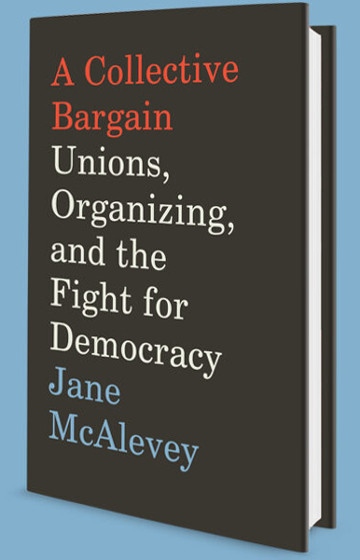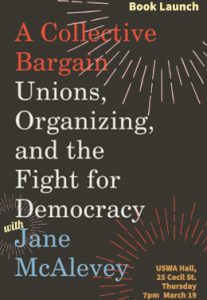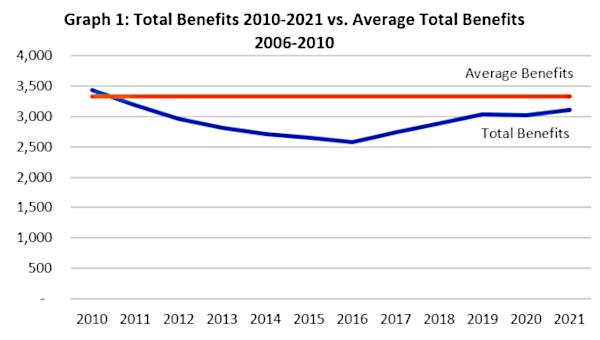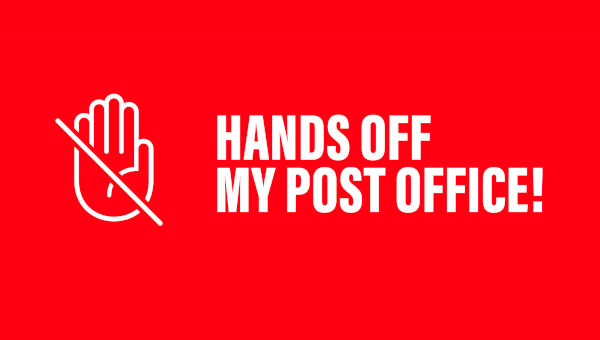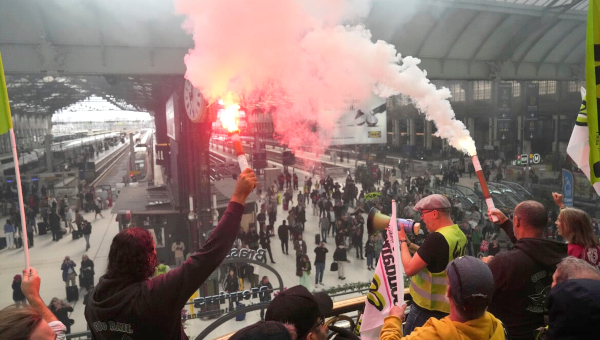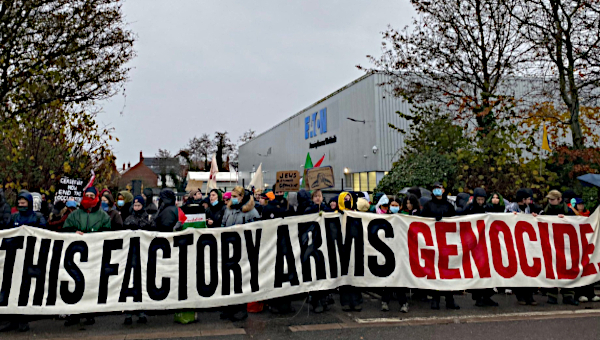Unions, Organizing, and the Fight for Democracy
Despite the weakened state of most unions, workers today who are either forming new ones or reforming older ones point us in the direction of how to solve the crisis engulfing our society and our politics. In the midterm elections in 2018 – dubbed the year of the woman – the misogyny oozing from the White House was somewhat rebuked at the polls. Yet the year before, working women scored a series of thoroughly impressive wins, just after Donald Trump lost the popular vote but eked out a win from the Electoral College. Many of those victories received far less media attention. As in the midterm elections, men contributed to these wins, certainly, but the central characters were women – often women of color – who waged tireless campaigns of which the outcomes would have drastic consequences. Chapter 1 discusses three such examples of women winning big.
The arena for these battles was the workplace, in the mostly female sectors of the economy such as health care, education, and hospitality, but also in the tech sector, where sexual harassment and the gender pay gap serve as a stark reminder that, despite the tech elite’s rhetoric of building a new society, nothing much has changed, unless you count the creation of the new generation of Silicon Valley billionaires as progress.
Women worker-led policy changes included people wresting control of their schedules away from tone-deaf managers, most of whom have never had to pick up their kids at the bus stop; securing fair and meaningful pay raises; achieving bold new safeguards from sexual predators; and ending racism and other discriminatory practices in their salary structure. The mechanism for securing these victories was the collective bargaining process, and each involved strikes – the key leveraging mechanism of unions.
Strikes as Political Education
Strikes are uniquely powerful under the capitalist system because employers need one thing, and one thing only, from workers: show up and make the employer money. When it comes to forcing the top executives to rethink their pay, benefits, or other policies, there’s no form of regulation more powerful than a serious strike. The strikes that work the best and win the most are the ones in which at least 90 per cent of all the workers walk out, having first forged unity among themselves and with their broader community. To gain the trust and support of those whose lives may be affected, smart unions work diligently to erase the line separating the workplace from society.
The methods organizers use to achieve these kinds of all-out strikes require the discipline and focus of devoting almost all of their time and effort reaching out to the workers who don’t initially agree, or even may think they are opposed to the strike, if not the entire idea of the union. This commitment to consensus building is exactly what’s needed to save democracy. To win big, we have to follow the methods of spending very little time engaging with people who already agree, and devote most of our time to the harder work of helping people who do not agree come to understand who is really to blame for the pain in their lives. Pulling off a big, successful strike means talking to everyone, working through hard conversations, over and over, until everyone agrees. All-out strikes then produce something else desperately needed today: clarity about the two sides of any issue. Big strikes are political education, bigly.
Workplace Power and Political Power
The conventional narrative about union decline places most blame on globalization and technological changes. These two forces of change are presented as facts of life and are considered somehow neutral, structural, inevitable. But humans – mostly white, wealthy men who can buy their access to decision makers – are behind every decision regarding robots, trade, workers, and unions (and the planet, too). Like the decision made by executives in Silicon Valley icon Apple, who began the assembly of iPhones in factories in China, where most iPhones are still made and where real unions – that’s independent unions – are forbidden.
A big innovation that’s not pictured in Apple’s slick-hip-cool ads with people dancing with their iPhones is the suicide net. Yes, in China, in the Foxconn factories where one million workers assemble iPhones cheaply so that Apple executives and top shareholders can live like kings, so many distraught workers try to jump to their deaths that the company had to strategically hang nets throughout the plants to prevent suicide. Uber and Lyft can also be dinged with the iSuicide claim: eight taxicab drivers in New York City killed themselves because their once-profitable taxicab medallions are now valued at $200,000, down from $1-million. This kind of despair is the real outcome of the disruptor-billionaire Party of Inequality.
There’s nothing neutral about suicide nets; there’s nothing inevitable about creating a greater climate crisis by offshoring jobs so ships bigger than small towns cross oceans, killing the ecosystem and creating a need for more fuel; there’s nothing comforting about creating millions of close-to-slavery working conditions in faraway lands that Americans can’t see when they happily upgrade to the latest phone. We don’t need robots to care for the aging population. We need the rich to pay their taxes. We need unions to level the power of corporations. •
Excerpted from Jane McAlevey’s new book A Collective Bargain: Unions, Organizing, and the Fight for Democracy (HarperCollins, 2020).
Jane McAlevey will be in Toronto, Thursday March 19th, 7pm at Steelworkers’ Hall, 25 Cecil Street.


